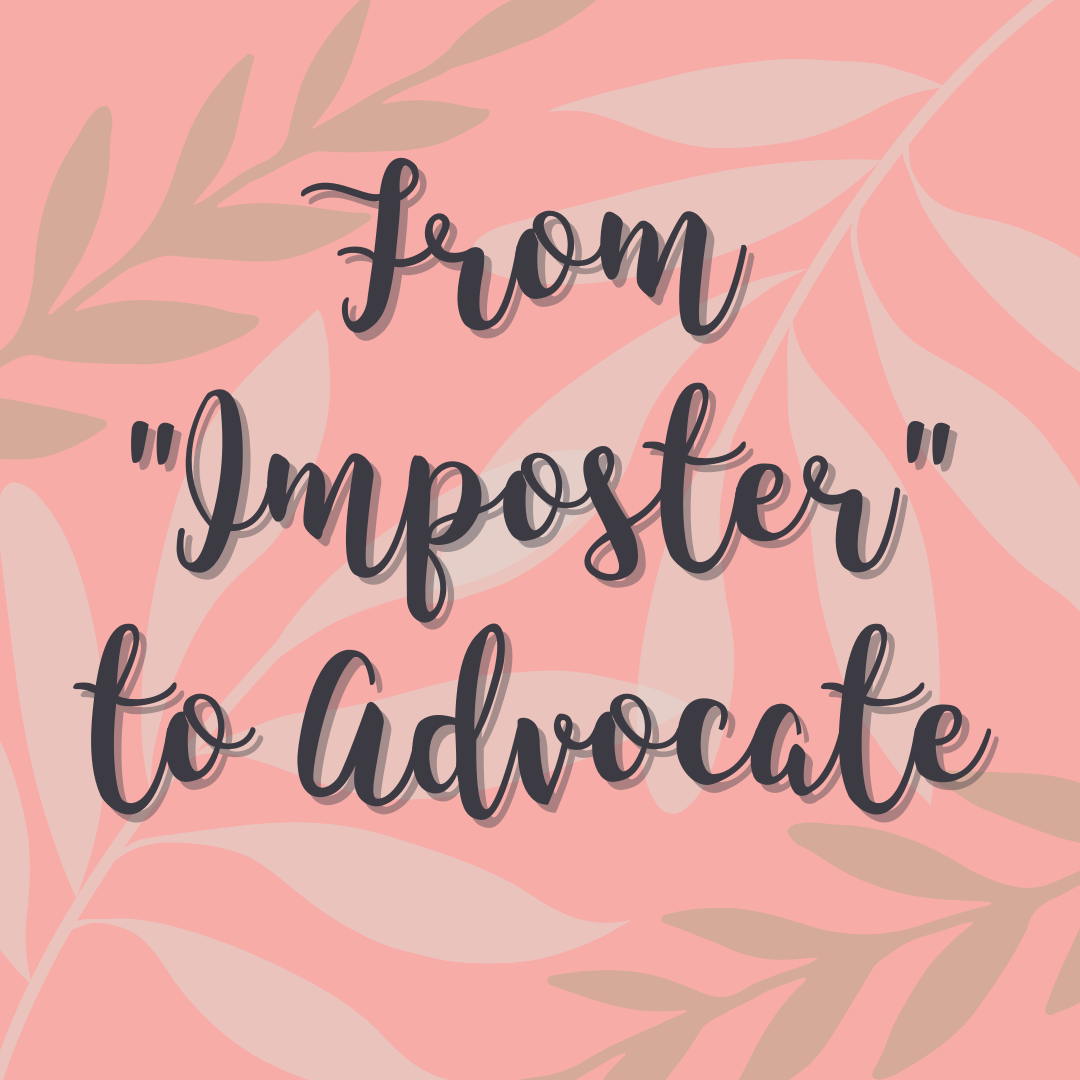The accident left me in the burn center for two months before I was sent to a nursing home in a wheelchair. From 2014 until 2017, I was immobile, spending most of my time in bed with a nurse at my side. For someone who used to go to the gym every day and run 10 miles at a time, this period in my life was awful. I had very little family or community here, so I turned to Masjid An-Nur and Imam Makram El-Amin looking for support. By turning to my faith and my faith community during this time, I finally started to feel like the world was not just beating me up. I stopped feeling sorry for myself and began to accept that Allah was now pulling me closer to Him.
Read MoreMy ancestors were brought to this country from West Africa. Many records were destroyed or not properly maintained, so I might not be able to tell you exactly which country my family originated from, but I know that my family has been mixed race since the 1800s. That doesn’t make me any less African American.
Read MoreIt was through conversations with fellow Muslim women entrepreneurs that I noticed a trend. Many of us weren't fully utilizing our potential. We hesitated to apply professional business strategies, believing our businesses were too niche. This mindset, I realized, was really holding us back.
Read MoreAs an African American Muslim woman, I love uplifting the history of my people, whether it’s at Rabata or in my Qur’an classes or in community spaces. Ethiopia is the first place that Muslims went to seek safety, and Islam spread from there. It’s not a new religion—it’s been solidly established in Africa since its inception.
Read MoreI’ve never met another Muslim or Bangladeshi woman in this role, so I take my responsibility as a representative of my identities and my culture very seriously. When I studied film, I set out to make stories that people like me can relate to. When a director wants to make their narrative about how Islam oppresses women, for example, I consider it my responsibility to speak up and call out the stereotypes that harm our communities. There’s a misconception that Muslim women don’t have a say, but my voice is always the loudest in any room.
Read More“The year was 2006, I was a newlywed, and I found myself staring at a positive pregnancy test. Just the previous week I had received a letter congratulating me on my acceptance into podiatric medical school. I was going to be a doctor…or was I? As I sat there staring at my positive pregnancy test and my acceptance letter, I wondered if I could actually do both.”
Read MoreI think about the women in places like India and France, who are not allowed to wear their hijabs, and the women in Iran who are forced to. My heart goes out to Mahsa Amini, a 22-year-old Kurdish Iranian who was murdered by “morality police” on September 16 of this year for wearing her hijab in a way they deemed improper. The women in these countries are facing opposite restrictions but fighting the same fight for their freedom to choose. Even so, the news of women in Iran being forced to wear hijab sparked a much fiercer fire in the Western world than the women who were forced not to.
Read MoreReflecting on dominant discourse around Muslim women, we realized that the narrative did not reflect our realities. Stories about our sisters amounted to stereotypes of Muslim women as victims or Muslim women as villains and terrorists. Why did the headlines read “Terrorists hiding in hijabs” and not “Dr. Mona Minkara becomes first blind Muslim woman chemist in U.S.”?
Read MoreEven though I didn’t experience Islamophobia or anti-Muslim sentiment growing up, there was another form of racism I grew up experiencing from people in my own community. The Arab world is not excluded from the treacherous colorism that dominates so many societies, with the appearance of white skin and white features celebrated and coveted. Since Dearborn is a mini-Middle East, the immigrants brought with them their customs and traditions, including colorism—sadly, it did not drop in the Atlantic Ocean on their way to America.
Read MoreAs I entered my 20s, thoughts and conversations surrounding my career path have led me to question where I fall in society as a Somali-American Black Muslim woman living in the United States. These intersectional identities leave me not with a single obstacle to overcome but with multiple interconnected barriers that reflect the lack of representation I experienced as a young girl.
Read MoreI would later learn from a colleague that he had asked about me. Sam wanted to know where the “towel-head” doctor was. Fortunately — or unfortunately — the Islamophobic slur did not faze me. I was born and raised in a country where some people are profoundly disturbed that I dare to wear a cloth around my head.
Read MoreWhile I was being asked about drugs, Muslim women were being asked about terrorism; while I was being asked about my skin color, they were being asked about their hijabs; while I was being asked about Pablo Escobar, they were being asked about ISIS.
Read MoreThis was the first time I used the intersectionality of my identities to connect with people who appeared different from me. I went beyond my visible identities and looked deeper to find personal identity traits that helped me feel a part of the audience.
Read More












